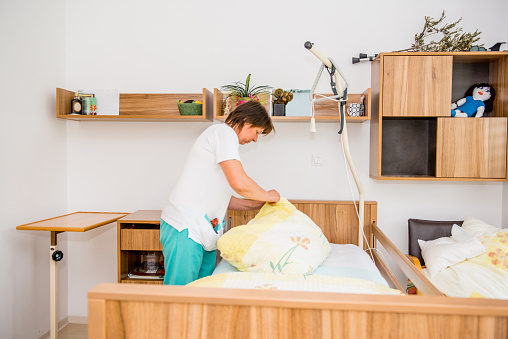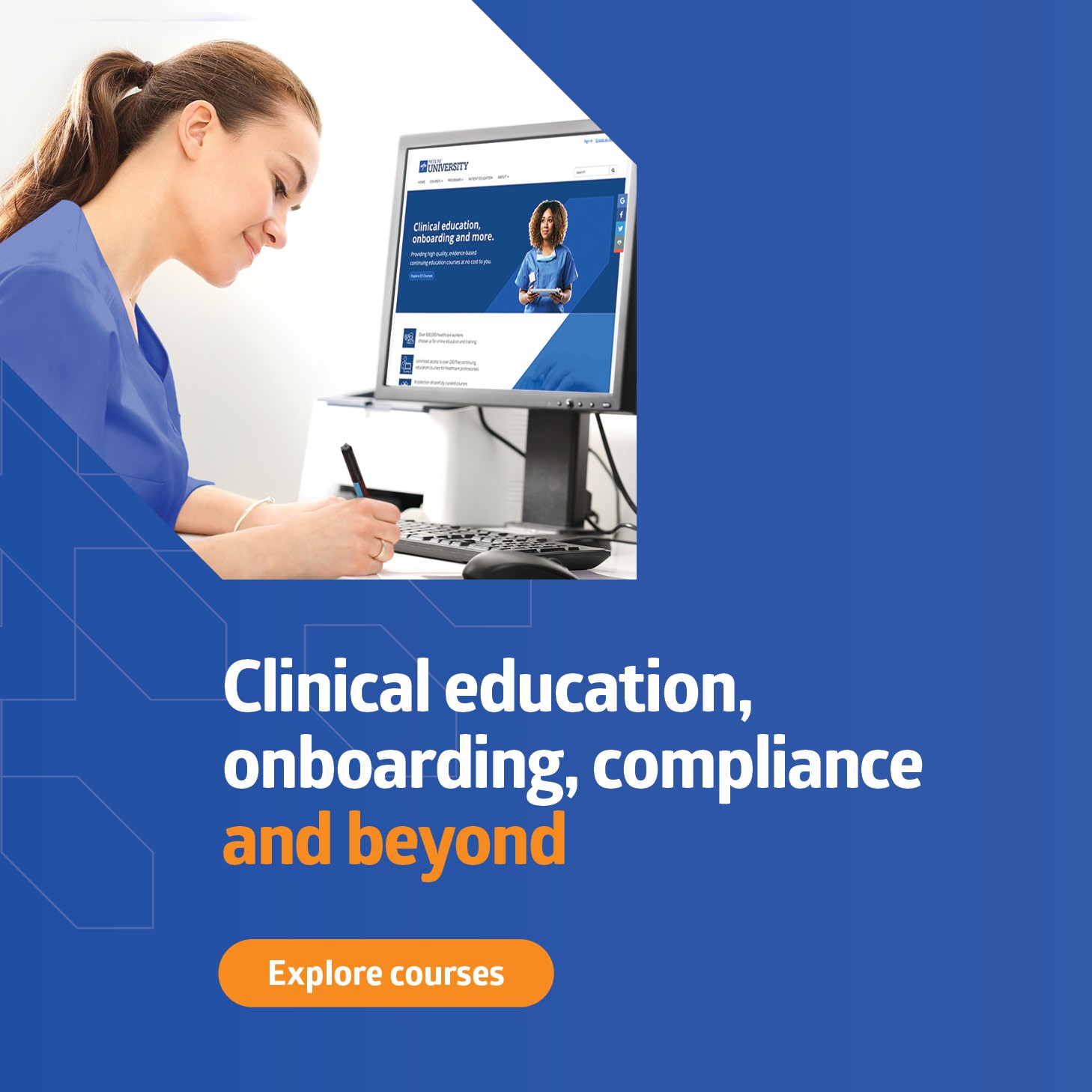You Are Not Alone in Continence Management

By Medline Newsroom Staff | March 31, 2017
As the population in the United States ages, incontinence is an issue that is, or soon will be, impacting virtually every American household. The National Association for Continence says more than 25 million adults suffer from some form of incontinence and more than half of all home bound and nursing home residents suffer from incontinence. These figures are driving the incontinence and ostomy care market that a new report shows is worth $11.5 billion.¹
Incontinence can be daunting, confusing, troublesome and embarrassing for those experiencing it. A recent study found the symptoms in middle-aged women impact their exercise routines, often times cutting out the physical activity. What I hear is patients don’t know there are options, but there’s a bigger issue we have to address and it’s the care.
Education on Incontinence
When it comes to incontinence, educating everyone from consumers to caregivers is important. Nursing assistants typically do not know how to properly manage incontinence because they have no formal training and a survey of home care workers shows there’s a more than 50 percent turnover rate among this group. Directors and administrators are struggling with providing the education needed, but don’t have the time or the resources, especially given how long those employees will remain on their team.
These healthcare workers, some lacking the training and sometimes also lacking of experience, believe bigger products are better. There’s also a lack of understanding of the effects of urine and fecal matter on the skin.
That’s where the internet has proven to be of great value for those seeking information along with libraries, friends, support groups and caregivers. On April 5, I will be teaming up with the Healthcare Association of Hawaii which is hosting a webinar on continence management. HAH reached out to me, as it deals with growing continence management concerns among its caregivers and nurses as the U.S. Census data shows, the number of people over the age of 65 in Hawaii continues to grow.
Listening to Consumers and Caregivers
Knowing where to obtain incontinence products is an extremely important part of this puzzle. Manufacturers have become very savvy and innovative. They’re able to personalize products to specific consumers’ needs. The days of bulky, embarrassing, oversized products are over. For example, Medline’s FitRight line has a garment-like fit.
If you or the person you care for is already using an incontinence product, it is important to keep track of how the product is performing; monitor how much liquid is being captured and the product’s absorption level.
Ask and Learn
How do you know if the product is what you’re looking for? Ask these questions:
1) Is it comfortable to wear?
2) Is it discrete, or are you embarrassed and feel like everyone can see?
3) Is it leaking? Are clothes and bed linen wet?
4) Is it easy to use/apply?
5) Do you feel confident?
Think of more questions to help guide you in identifying your continence management needs.
Also, to improve the consumers’ privacy and dignity, one can shop incontinence products online. Suppliers offer a wide variety of products and they can be shipped directly in discrete packages.
If you or someone you care for and love experiences incontinence, it is important to know that no one is alone and it helps to discuss, reach out and share with others who can relate. Medline also offers a continence management program that offers education, resources and support. There is no need to suffer in silence.
Medline Newsroom Staff
Medline Newsroom Staff
Medline's newsroom staff researches and reports on the latest news and trends in healthcare.

